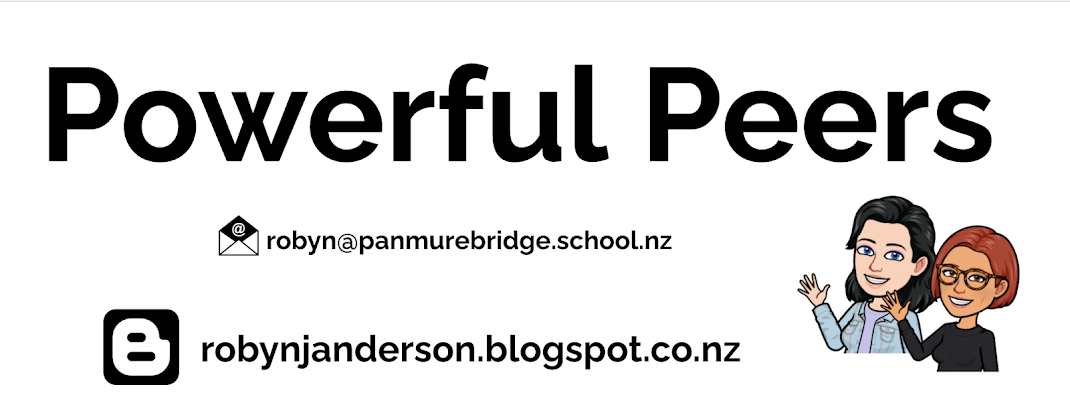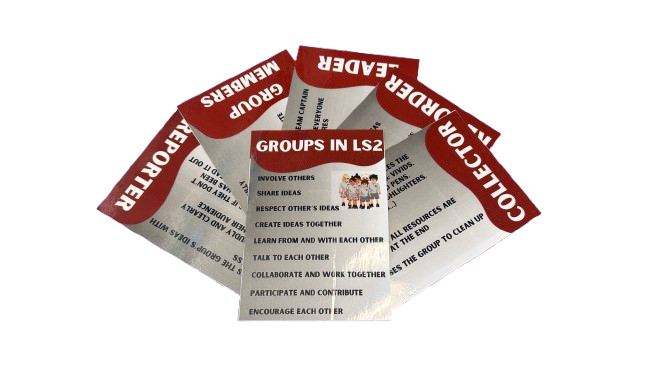Click here to see how I align my inquiry with the Manaiakalani framework.
Monday, 24 March 2025
Teaching as Inquiry 2025...
Engage, Empower, Inspire... Setting Group Norms
Setting group norms at the beginning of the year is one of the most crucial parts of a successful guided reading lesson, in my opinion. Students struggle to work effectively in a group if they don't know how to interact with their group or why they actually need to do this.
This year I made a huge change and rather than doing this group by group I chose to take on the challenge of doing this as whole class lessons with all my learners sitting in their reading groups. The first lesson was an extremely structured step by step lesson with lots of teacher guidance. What I noticed is having the opportunity to look at how other groups were interacting helped strengthen the confidence of all the groups, regardless of ability.
I selected a text that linked explicitly to our inquiry topic which meant everyone was able to make an immediate connection to it. We began with a multimodal dive into the front loading texts. The first one, a short 3 minute video, was unpacked with me having the locus of control. This meant I was able to model and guide every step of the process. What I noticed was I had an immediate buy-in. It was evident that I knew the content and was able to respond to questions asked without referring to the texts.
We kept it simple and during the first viewing simply just watched it. I then asked each group leader to ask everyone in the group to share something they found interesting. When we watched it a second time every student had a vivid and access to the group note taking paper. The challenge this time was to write down any words that were interesting, new or unknown. I made it clear this wasn't a spelling or handwriting lesson so encouraged the words to be recorded the way they sounded if the correct spelling was unknown. Following this challenge the leaders were once again asked to ask everyone in the group to share a word and say why that word had been recorded. The final independent challenge for this text was to watch the video again, this time in groups not on the TV, and record any facts that were deemed important or interesting. Once this had been completed (short time limits were given) the leaders were asked to get the talk going with the final group challenge being to share what has been written then co-construct 5 questions they may have about the text. What was happening here was a gradual shift in the locus of control.
With all our vocabulary, facts and questions recorded we moved onto the balcony for a very loud speed dating style activity. The noise level and laughter that came as a direct result of the speed of the partner changes everyone enjoyed the opportunity to move and to share their new learning.
Having stretched our legs and made the most of the opportunity to learn with and from each other we used the same process to unpack the next set of short texts. This time I gave both written and spoken instructions and let the groups take control and work at their own paces. We Have a set of group norm cards which were displayed and unpacked as we went along so everyone knew their role. As always in LS2 their are no passengers in group challenges. In my favour was the fact that two weeks before we had been on camp where both individual and group challenges were the order of the day.
Day 2 saw a small blip in the flow as we changed leaders. I let each group select their leader each time. The message given was that at this time of the year we are all learning how to lead and how to be a member of a group so supporting each other was the order of the day. Groups were encouraged to use the group norm cards in their group boxes to help guide them. During this time I moved around the room while Dianne (my buddy teacher), worked closely with our group who find reading a challenge. We persevered and with guidance found success in the lesson. What impressed me was the richness of the talk that was taking place.
Fast forward a week and the norms set in place last week were alive and kicking! What I observed was that the groups had naturally reverted to those they saw as leaders and with that 'security' in place for learning, confidently took on the additional roles that are needed to be filled if groups are to work together collaboratively and productively.
We are definitely still at early days but my big message to myself is take time to set things up because the wheel turns when everyone understands the 'why' behind the challenge.
Wednesday, 19 March 2025
Student Inquiry Foci 2025...
With all our school starting or strengthening our structured literacy journeys this year, I have decided to focus on where the create aspect of the Manaiakalani pedagogy fits in and how we harnessing the digital to explore the create aspect of structured literacy. As I write this our Y4-8 team are yet to begin this journey so my hope is by voicing my hunch, we might avoid overlooking opportunities to create as we navigate our new learning.




